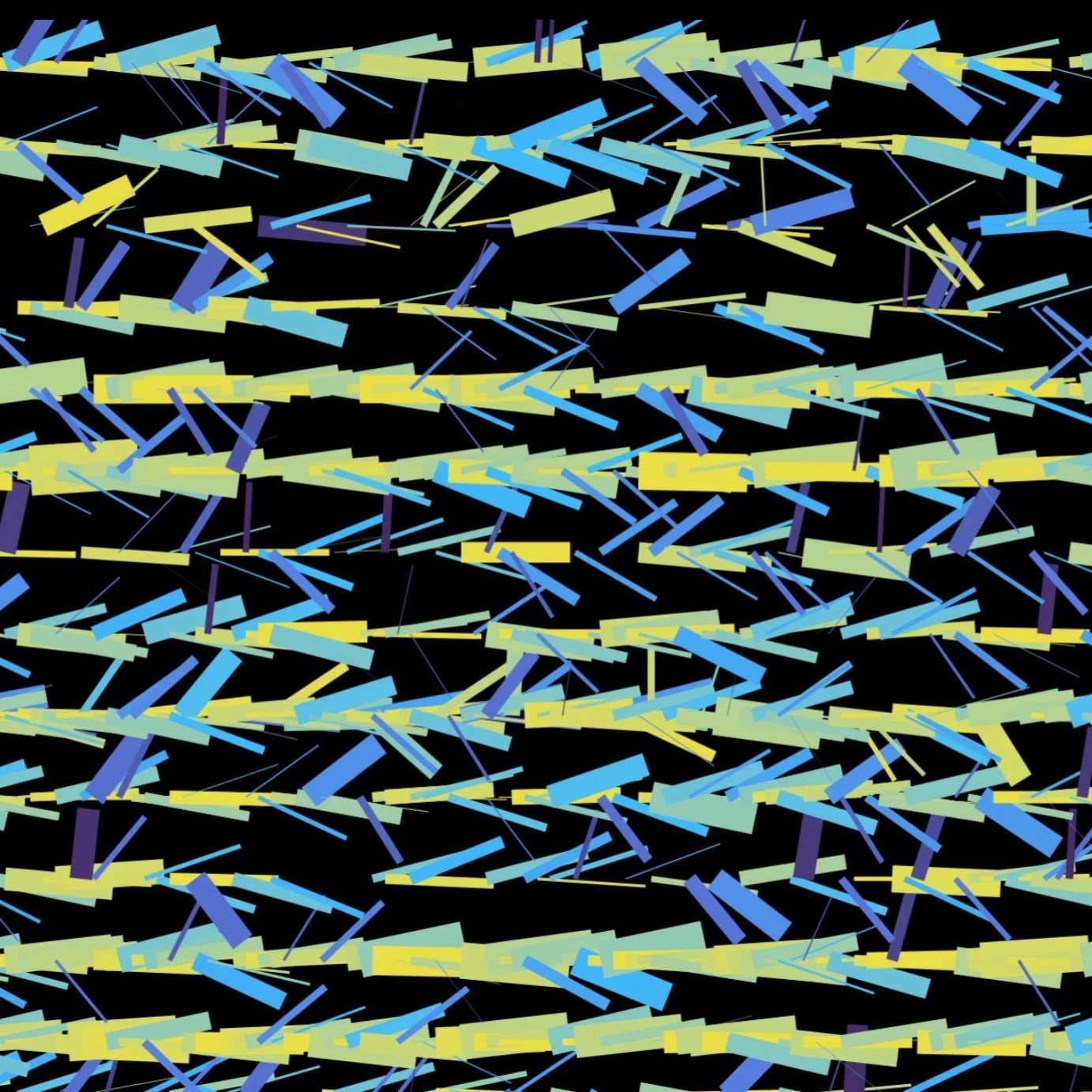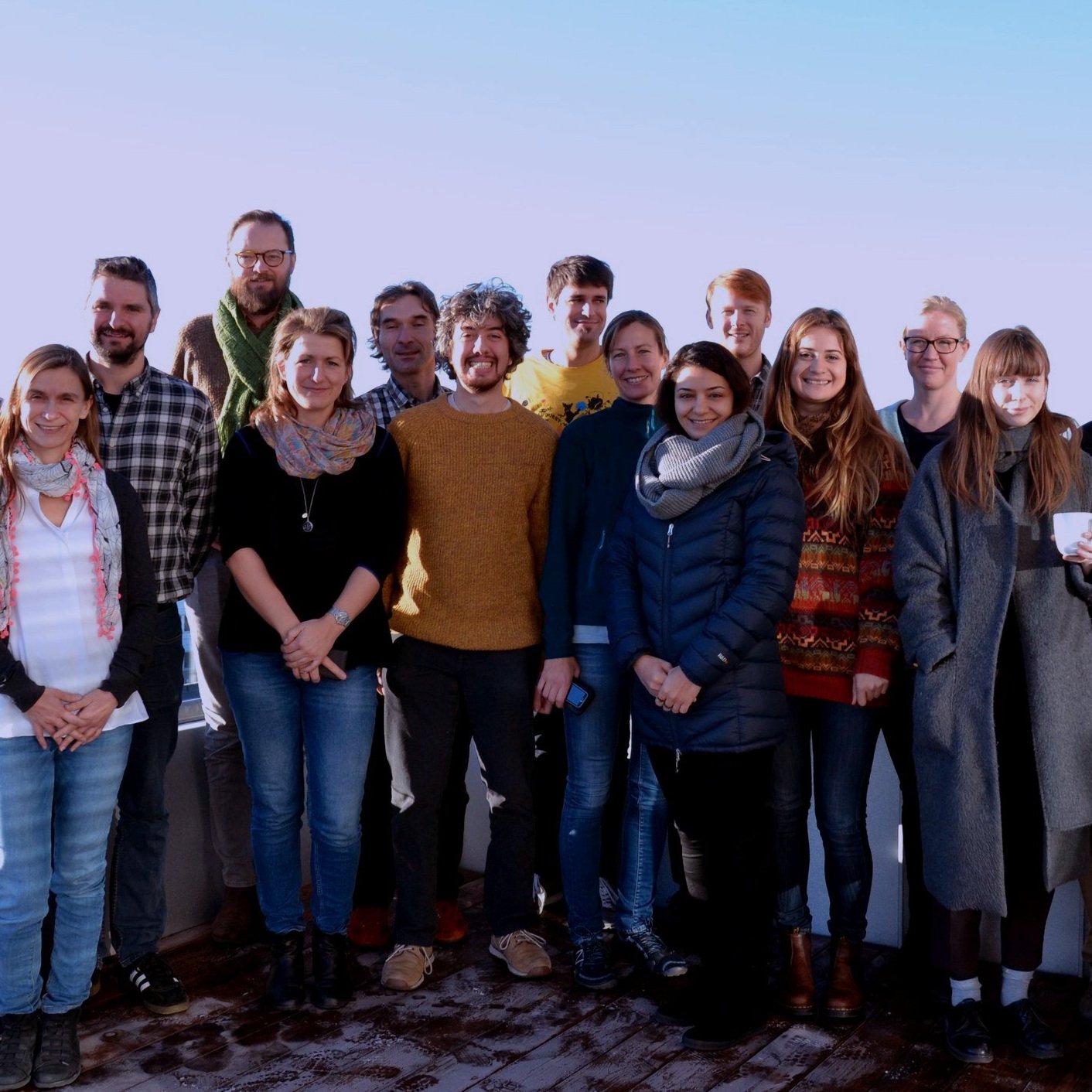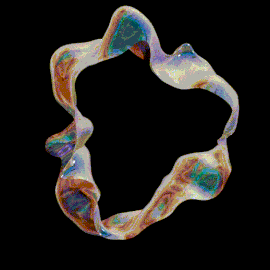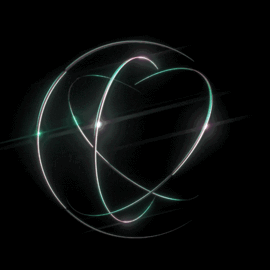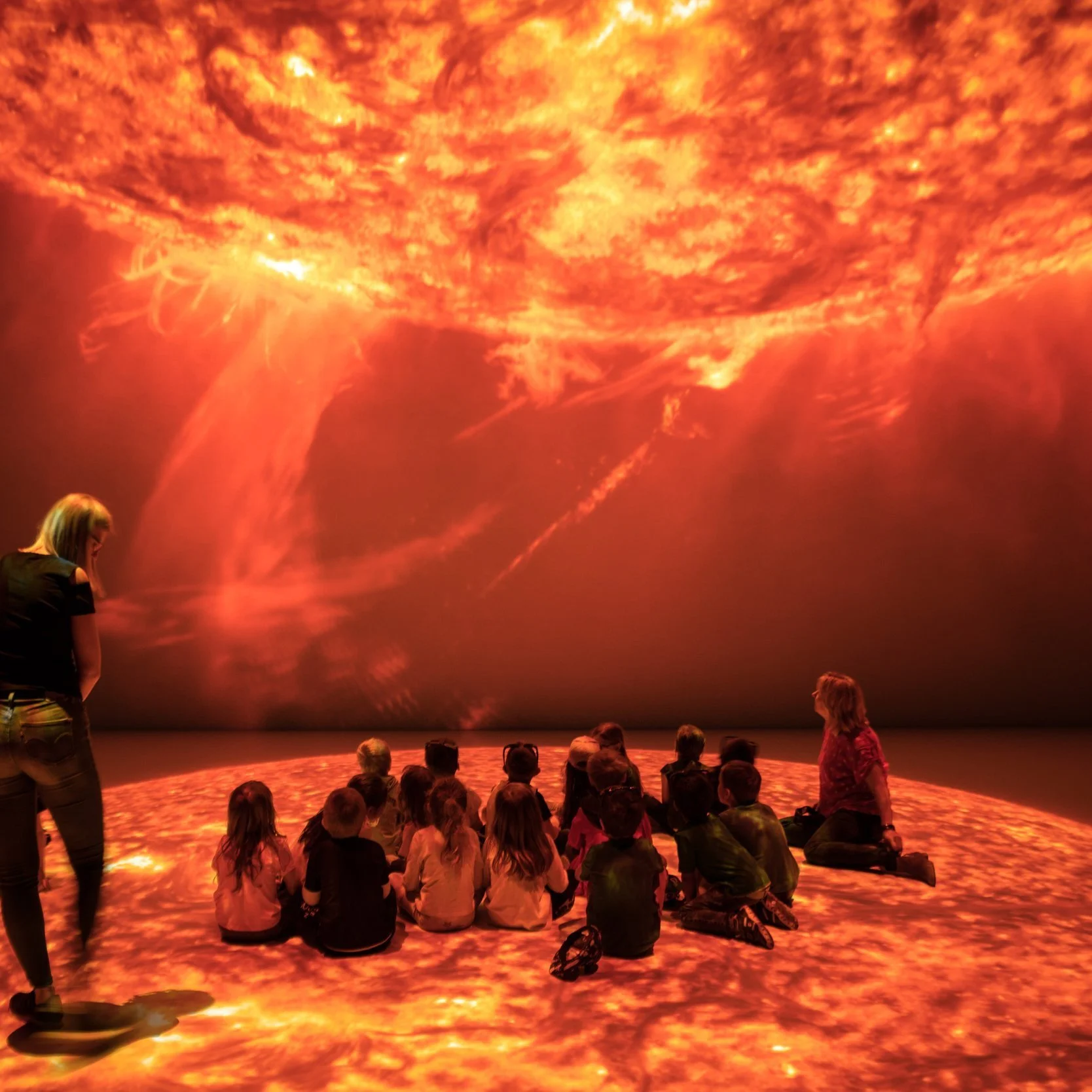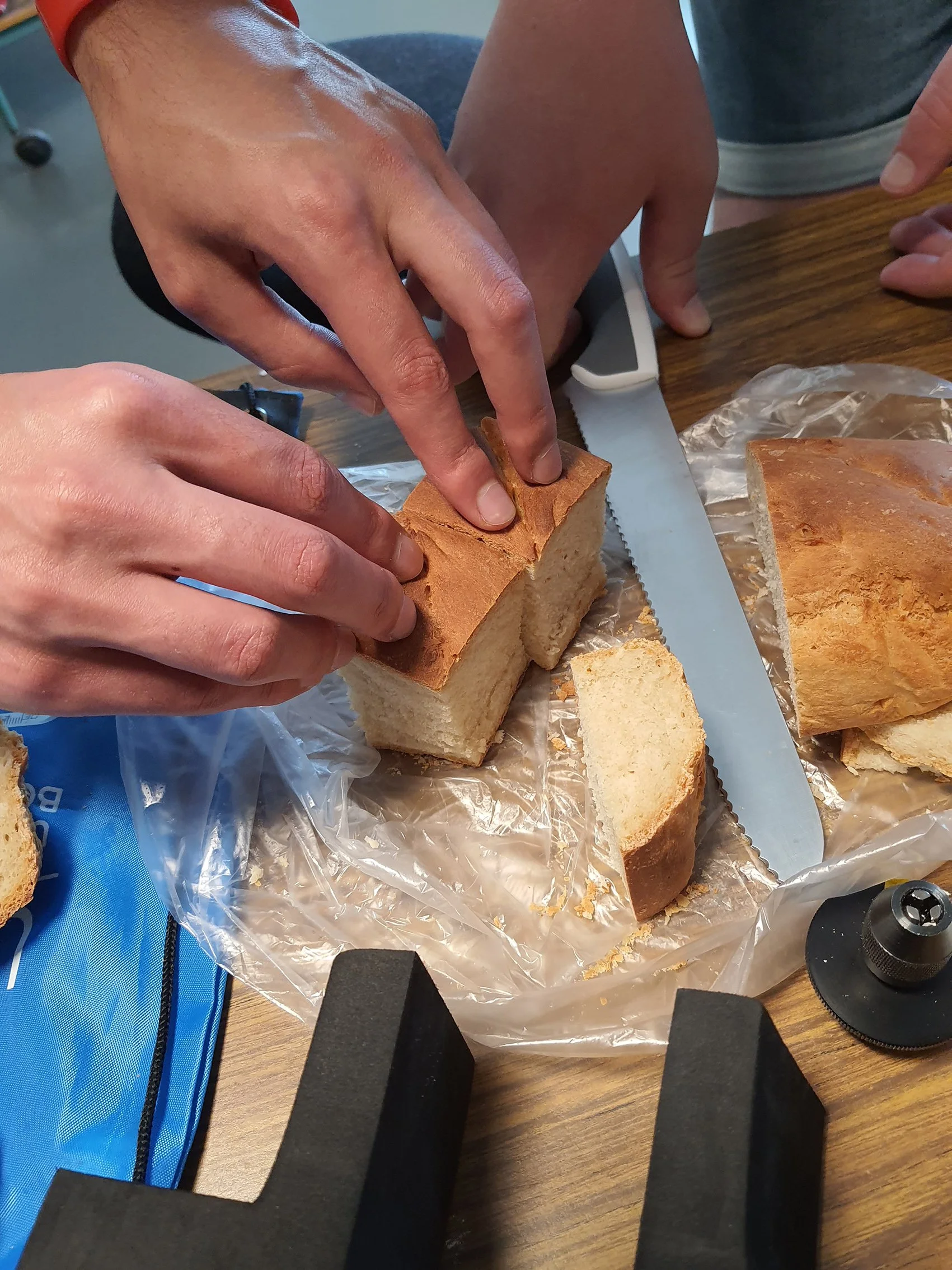Examining the texture is important as this is one of the most important factors when consumers choose which bread to buy. The choice of studying bread made with spirulina algae is that it also has a lot of nutritional benefits with a high content of proteins and contains several minerals and vitamins, which are other important market aspects.
– We are interested in the texture, especially the porosity, which we can investigate with X-ray microtomography in a non-destructive manner, without having to cut the bread. We can get an idea of the porosity and the distribution inside the bread with algae”, says Theó Pointurier.
Unique access to facilities and expertise
Both the Division of Solid Mechanics and the Department of Food Technology opened their doors for using their facilities and the students were able to run image processing and analysis scripts at the LUNARC computing cluster, supervised by Emanuel Larsson. During the pandemic this kind of projects were not possible as it required a physical presence and access to labs, scanners, and resources to make repeated experiments and iterations.
– During the internship, they have scanned a lot of bread samples, sixty pieces or more. Then they have also carried out a lot of computation using image analysis of the obtained data sets, underlines Emanuel Larsson.
– It has been a really a good experience to work with X-ray microtomography and image analysis, says Sahak and elaborates: – We learnt much from working with the segmentations, to analyse the pores, to differentiate them from mixed material and then characterize them with regards to various parameters such as pore size, and bread beam thickness.
– And in addition to a great project work experience, we also had the chance to make a study visit to the MAX IV Synchrotron, which was very inspirational. It was impressive to realise what they can do at the large facility, says Theó with emphasis.
Mobility is a key element of the international master’s programme (MP2) that Sahak and Theo are pursuing, with a mandatory short internship in the first year and then a longer, for six months, in the second year as a part of their master thesis. This setup is not common in Swedish universities, but Emanuel Larsson sees the advantages of getting this type of inspiration and experience very early on in academic studies.
Broadening the network of future users
Back home at the Institut Agro Dijon, the students have access to a replica machine of the KBLT scanner that Emanuel instructed them in setting up (see link to previous article).
– Our KBLT scanner is basic, but we will be able to make a lot of more improvements now that we know more about the technology, agrees the two students.






